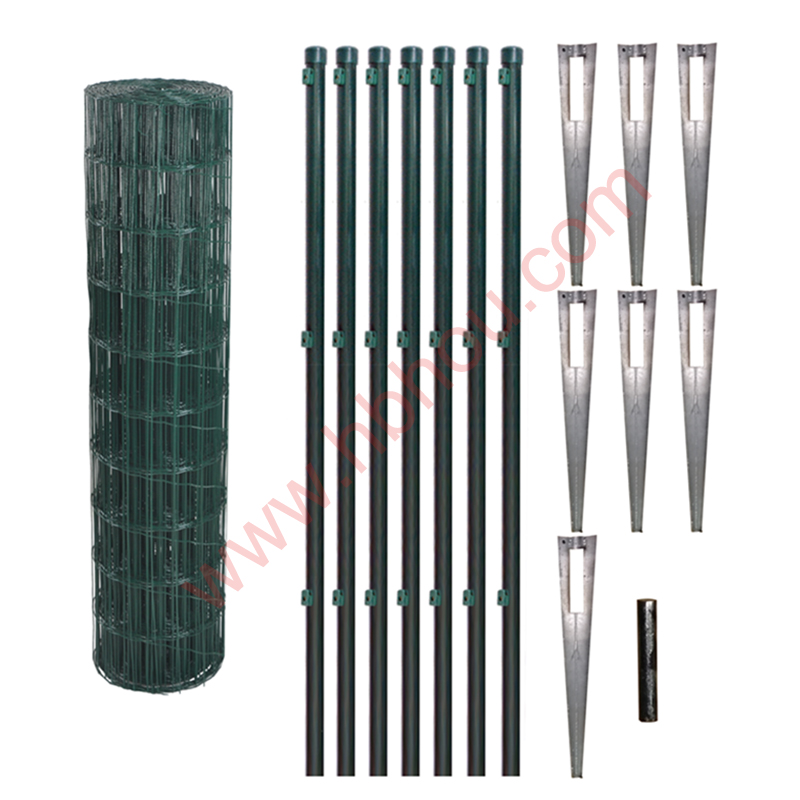The Importance of Plant Cages and Supports in Gardening
Gardening is an age-old practice that not only beautifies our environment but also enhances our well-being. Among the myriad techniques and tools available to gardeners today, plant cages and supports stand out as crucial for ensuring healthy plant growth. These structures come in various forms and functions, playing a vital role in supporting plants, particularly those that grow tall or vine along the ground.
What Are Plant Cages and Supports?
Plant cages and supports are structures designed to provide stability to plants, helping them maintain their shape as they grow. They are especially important for climbing plants like tomatoes, cucumbers, and pole beans, which require support to flourish. These supports can be made from different materials, including metal, wood, and plastic, and can come in various styles, such as cages, stakes, trellises, and arches. The right choice depends on the type of plant, the growth habit, and the overall aesthetic of the garden.
The Benefits of Using Plant Cages and Supports
1. Enhanced Growth One of the primary benefits of using plant cages and supports is the encouragement of healthy growth. Support structures allow plants to grow upright, exposing more foliage to sunlight and air. This increased exposure can lead to better photosynthesis, healthier plants, and ultimately, higher yields, particularly in vegetable gardening.
2. Disease Prevention By keeping plants off the ground, cages and supports help prevent diseases associated with soil contact. Many plants are susceptible to rot, mold, and fungi if they sit in wet soil. Elevated plants are less likely to suffer from these ailments, leading to a healthier garden.
3. Space Optimization In small gardens or container gardens, using vertical supports can make a significant difference. They allow for the maximum use of space by encouraging plants to grow up rather than sprawling out across the ground. This is particularly valuable in urban gardens where space is limited.
plant cages and supports

4. Protection from Pests Plant supports can also act as a barrier against certain pests. For instance, cages can keep larger pests, such as rabbits or deer, away from tender plants. In addition, by elevating plants, these supports reduce the chance of ground-dwelling pests, such as slugs and snails, reaching the foliage and fruits.
5. Aesthetic Appeal Beyond their functional benefits, plant cages and supports can enhance the visual appeal of a garden. Decorative trellises, for example, can serve as focal points, adding vertical interest and charm to the landscaping. This is particularly beneficial for flower gardens, where supports can create a lovely backdrop for cascading blooms.
Choosing the Right Support for Your Plants
When selecting plant cages and supports, it’s essential to consider the growth pattern and size of the specific plant. For instance, tomato plants often require sturdy cages that can withstand the weight of their growing fruit, while lighter plants may only need simple stakes. Additionally, gardeners should think about the material; metal supports are durable and often last longer than wood or plastic options.
Furthermore, the height of the support should be appropriate for the plant's potential growth. Some plants, such as sunflowers, can grow quite tall, so opting for taller supports will ensure those plants do not topple over.
Conclusion
In conclusion, plant cages and supports are invaluable aids in the world of gardening. They not only enhance the growth and health of plants but also contribute to a more organized and aesthetically pleasing garden. Whether you are a seasoned gardener or just starting, incorporating these supports into your gardening practices will undoubtedly lead to a more fruitful and enjoyable gardening experience. As you plan your next garden, consider how these structures can help you cultivate a thriving landscape. With the right cages and supports in place, your plants will flourish and your garden will thrive.
















